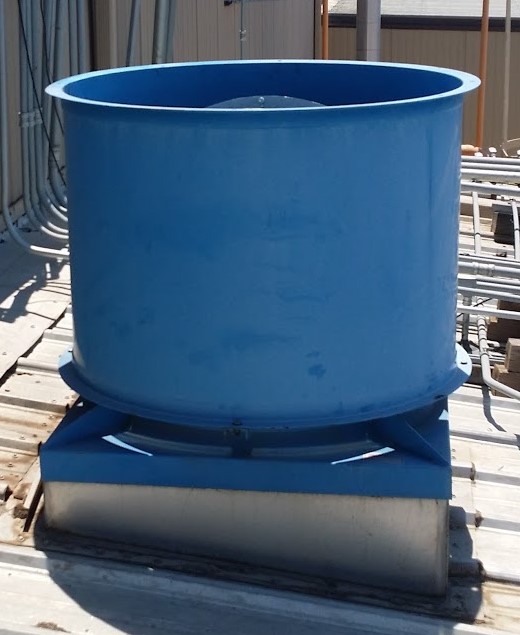PSI Explained: Electrical Classification

Flammable, combustible, and toxic chemicals often require special electrical considerations to prevent accidental ignition caused by motors, wiring, and other equipment. Title 8 CCR §5189(d)(3)(A)(3.) and Title 29 CFR §1910.119(d)(3)(i)(C) require that the information pertaining to the equipment in the process include Electrical Classification. Electrical classification documentation may include:
- A written statement describing the applicable codes (RAGAGEP) that are being used at the chemical facility to classify the electrical equipment
- Drawings or plot plans which indicate the classification for various areas of the facilities
With regard to ammonia refrigeration systems, special electrical classification is typically not necessary so long as the facility is equipped with proper ventilation of the machinery room. The current codes and standards which govern electrical classification of ammonia refrigeration systems are summarized below:
ANSI/IIAR 2-2014
ANSI/IIAR 2-2014 §6.8.1 General.
Electrical equipment and wiring shall be installed in accordance with the Electrical Code.
ANSI/IIAR 2-2014 §6.8.2 Hazardous (Classified) Locations.
Machinery rooms shall be designated Ordinary Locations, as described in the Electrical Code, where the machinery room is provided with emergency ventilation in accordance with Section 6.14.7 and ammonia detection in accordance with Section 6.13.
Machinery rooms not provided with emergency ventilation shall be designated as not less than a Class 1, Division 2, Group D Hazardous (Classified) Location, and electrical equipment installed in the machinery room shall be designed to meet this requirement.
ANSI/IIAR 2-2014 §6.8.3 Design Documents.
Electrical design documents shall indicate whether the machinery room is designated as an Ordinary Location or as a Hazardous (Classified) Location. Where the machinery room is designated as a Hazardous (Classified) Location, the Class, Division, and Group of the electrical classification, as required by the Electrical Code, shall be indicated in the documentation.
ANSI/ASHRAE 15-2016
ANSI/ASHRAE 15-2016 §8.5 Electrical Safety.
Electrical equipment and wiring shall be installed in accordance with the National Electrical Code 3 and the requirements of the AHJ.
ANSI/ASHRAE 15-2016 §8.12(g.)
When ammonia (R-717) is used, the machinery room is not required to meet Class 1, Division 2, of the National Electrical Code 3, provided (a) the mechanical ventilation system in the machinery room is run continuously and failure of the mechanical ventilation system actuates an alarm or (b) the machinery room is equipped with a detector, conforming to Section 8.11.2.1, except the detector shall alarm at 1000 ppm.
NFPA 70-2017
NFPA 70-2017 §500.5 Classifications of Locations.
NFPA 70-2017 §500.5(A) General.
Locations shall be classified depending on the properties of the flammable gas, flammable liquid–produced vapor, combustible liquid–produced vapors, combustible dusts, or fibers/flyings that could be present, and the likelihood that a flammable or combustible concentration or quantity is present. Each room, section, or area shall be considered individually in determining its classification. Where pyrophoric materials are the only materials used or handled, these locations are outside the scope of this article.
Informational Note No. 1: Through the exercise of ingenuity in the layout of electrical installations for hazardous (classified) locations, it is frequently possible to locate much of the equipment in a reduced level of classification or in an unclassified location and, thus, to reduce the amount of special equipment required.
Refrigerant machinery rooms that contain ammonia refrigeration systems and are equipped with adequate mechanical ventilation that operates continuously or is initiated by a detection system at a concentration not exceeding 150 ppm shall be permitted to be classified as “unclassified” locations.
Informational Note No. 2: For further information regarding classification and ventilation of areas involving closed-circuit ammonia refrigeration systems, see ANSI/ASHRAE 15-2013, Safety Standard for Refrigeration Systems, and ANSI/IIAR 2–2014, Standard for Safe Design of Closed-Circuit Ammonia Refrigeration Systems.

Leave a Reply